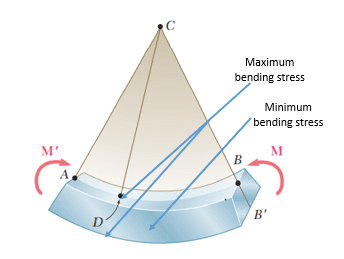Understanding Roof Beams: A Comprehensive Guide
What is a Roof Beam? Roof beams are essential structural elements that support the weight of a roof and ensure its stability. A roof beam is a horizontal structural member that spans the distance between two supports, typically walls or posts. Its primary function is to carry the weight of the roof deck, sheathing, and…






